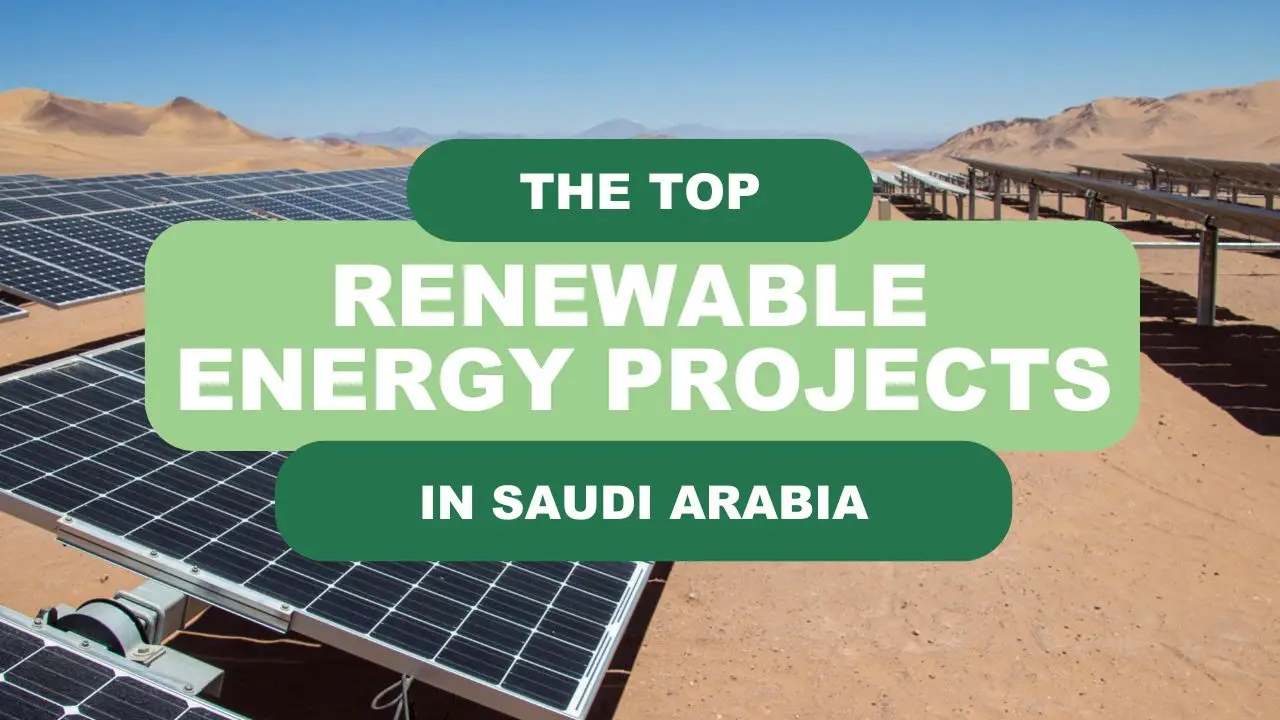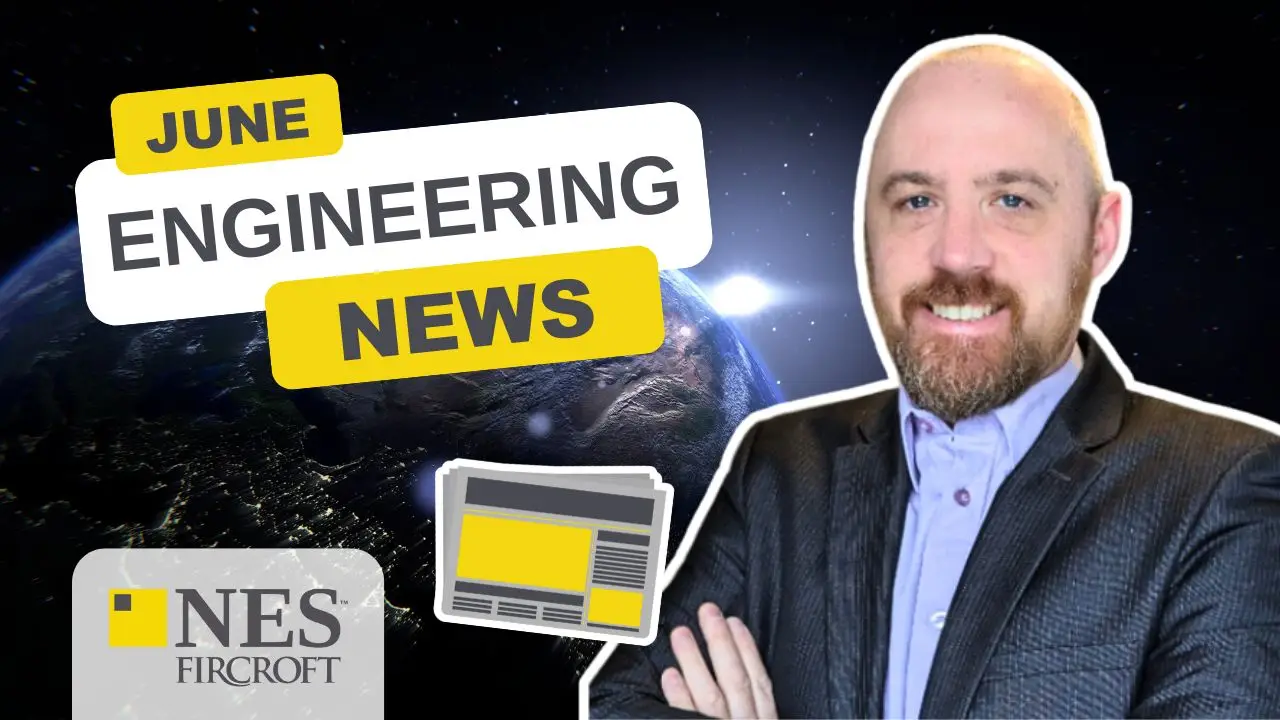How Can Engineers Transition From Solar Power Into The Water Industry?
02 Mar, 20224:18In 2020, an astonishing 29% of all electricity generated worldwide came from Renewable ...

In 2020, an astonishing 29% of all electricity generated worldwide came from Renewable Energy resources. Not only that, but the Renewable sector has been growing at its ‘fastest pace ever,’ with a record 256GW of renewable energy capacity being added globally in 2020.
Solar energy is the second-fastest-growing renewable energy source. On the other hand, the water industry is one of the most important industries in the world, worth $263.07 billion in 2020. On the surface, these two industries seem very different but they both rely on candidates that have similar skill sets. This means that, despite preconceptions, transitioning between the two sectors is very possible.
But what does it take to move from the solar energy industry to the water sector?
What are the roles of engineers within the solar industry?
According to the International Energy Agency (IEA), in 2021, global solar PV generation reached 994 TWh whilst solar PV capacity is expected to increase by 181.4GW globally between 2021 and 2026. Behind this growth are a whole host of extremely talented engineers, technicians, scientists, researchers, project managers and support teams.
Within the engineering realm, solar projects will most often involve a range of disciplines including Civil, Mechanical, Electrical, Control & Instrumentation engineers.
Civil Engineers
Civil engineers oversee the general site location developments, such as mass earthworks, piling work, shorting, de-watering, and pipe laying. They’ll ensure the civil engineering work for the project is optimised for site grading to install the solar tracking modules and insulation. They’ll also design internal roads for the solar plant. Throughout their assignment, they’ll make sure that their work is conducted to the current local codes and regulations.
Mechanical Engineers
Mechanical engineers ensure that all mechanical equipment is designed, assembled, and installed with safety as a top priority, coordinating with other engineers and operators throughout. They prepare daily progress reports, making risk assessments whilst working on de-energised or live systems. They might also be supervising field operations and conducting inspections on-site, creating checklists for future reviews of the finished solar site.
Electrical Engineers
Electrical engineers supervise the overall solar project design, construction, installation, and commissioning. They make sure that all the equipment such as motors, pumps, PV panels, arrays, strings, cabling, inverters, transformers, switchgears, and substations are safe and functional from an electrical point of view. They’ll also support and coordinate the review of the project’s PV systems, AutoCAD designs, drawing layouts, costs, and technical specifications.
Instrumentation and Controls Engineers
Instrumentation and Controls Engineers, or I&C Engineers, will work closely with electrical engineers. They will review instrument and control schematics, wiring diagrams, PLC control panel designs, and cable lists. They’ll make sure that the equipment that is installed and commissioned meets acceptable standards that they’ll perform field inspections to verify conformance to project specifications, standards, and drawings. They’ll be there to witness the calibration go instruments like:
pressure levels,
temperature,
pressure switch,
temperature switches,
control valves,
I/P converters,
limit switches,
and solenoid valves.
What do engineers within the water industry do?
Just like in the solar energy industry, water projects also require a whole host of engineers to bring a project to completion, such as Mechanical, Civil, Electrical, and I&C. Not only that, but these engineers working within the water industry have similar responsibilities to those working within the solar sector.
Mechanical engineers will be responsible for erecting equipment within a certain area and supervising the fabrication works for sub-contractors. They will prepare daily progress reports, method statements and risk assessments for piping, static, and rotating equipment. They will also make drawings which they will present to the mechanical managers on-site and make sure that materials are available to continue work on the project.
Civil engineers will be responsible for the execution of the construction work. They will make sure that the rebar, formwork, plasterwork, and steelworks follow the design specifications of the developer and that any equipment that comes in is installed following the developer’s guidelines.
Electrical engineers will be responsible for the electrical works during or once the structural works are completed. They will also manage the implementation and monitoring of electrical installations on site. This means they could be supervising the installation of electrical equipment such as:
132/11KV Transformers,
11KV/400V Distribution Transformers,
MV and LV Switchgears,
MV/LV VSD’s,
MV and LV Busducts,
MCC Panels,
Soft Starter and Local Distribution Panels.
The electrical engineer’s role will also involve a lot of communication with the Project Management team, other engineering teams, client representatives and other stakeholders to keep the project on track and follow the requirements, standards, and regulations.
The Instrument and Control Engineers will develop and update instrument loop diagrams, PIDs, datasheets, cable schedules and IO lists. They will review project design documents for pressure, flow level and analytical field analysers in addition to control valves, MOVs. They’ll also be responsible for the construction of DCS panels and review of GA drawings, System architecture drawings, and vendor submittals.
How can solar candidates transition to the water industry?
Because both solar and water candidates require similar skills and knowledge, it’s relatively easy for solar candidates to make the transition. Both water and solar candidates will need to have a good knowledge of electrical engineering with a general power and transmission background.
Particularly relevant positions include site engineering, construction, commissioning, and maintenance management and supervision. This is because, within an EPC work environment, the scope of work is technically similar. From writing progress reports, conducting risk assessments, and reviewing drawing layouts to running inspections, tests, installation, and loop checks, all these are common to solar and water projects. Even commissioning and maintenance have commonalities and involve transferable skills.
So, a large part of the transition will come down to your openness to discover new technologies and learn new skills, as the main difference between the two sectors comes down to the technologies used.
If you’re looking for a change in your career and want to learn, this is a fantastic step, as you will already have plenty of transferable skills, and bring with you a different and fresh perspective. To put the best chances on your side, make sure to read up about current rules and standards within the water industry. Research the sector, understand whether you might need to gain any further qualifications, and start networking with people in the industry. Once you’ve done that, you’ll be ready to make the move!
Exploring wider career opportunities with NES Fircroft
NES Fircroft has been supporting the Renewable Energies sector for over 20 years. We work in partnership with our clients offering a wealth of knowledge, a global network of talent and local market expertise that can deliver complete renewables workforce solutions.
Our dedicated Renewable Energy Recruitment teams have an in-depth understanding of the challenges facing the industry and can mine our extensive global database to build you the talent pool you need for the future.
We work on some of the most exciting Renewable Energy projects globally, meaning we have plenty of renewables job opportunities for engineers looking to enhance their energy careers.









